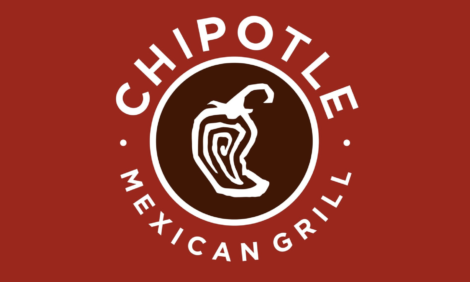Pork Demand Affected More By Change In Chicken Prices Than Beef
US - Demand for pork is influenced more by changes in the price of chicken than in the price of beef, according to a study conducted by Texas A&M University.
|
Need a Product or service?
|
|
The Texas A&M study was funded by the pork checkoff, monies collected from producers at the time of sale for research and promotion activities along with consumer information. The research focused on relationships in price and consumption of pork as compared to other protein sources, according to a release by the National Pork Board.
"The Pork Checkoff funds this type of research to help better understand consumer buying patterns," said Tom Floy, one of the pork producer directors of the NPB. "The study showed that when consumers look at price of various proteins, they associate chicken with pork more closely than pork to seafood or beef. That's probably an effect of the longstanding 'Pork. The Other White Meat campaign.'"
The three-year research project investigated consumption and price relationships, the NPB said. The research was based on data from the past five years from three companies that track consumer trends. These were the NPD Group's National Eating Trends consumption and attitudinal database, FreshLook Marketing's fresh meat sales data and A.C. Nielsen's packaged meat sales data.
The study concentrated on understanding what people eat at home and on analyzing patterns for both fresh and processed pork cuts. Pork included in the research included pork chops, pork ribs, roasts, tenderloins, bacon, sausage, ham, luncheon meats, canned ham, smoked ham and pork hot dogs.
The NPB said key results include new estimates of demand elasticities, which measure how much the quantity consumed changes in response to a 1% change in retail price with no change in income levels. The results show that pork consumption responds less to a change in price than consumption of beef or chicken. The model showed that pork consumption falls by 0.16% when pork prices rise by 1%, while beef would fall by 0.23% and chicken by 0.38%.
In addition to own-price elasticities, the Texas A&M research estimated the relationship between the quantity of pork consumed in relationship with the price of beef, chicken and seafood. The research found that all of the alternative meats were substitutes for pork, and the strongest was chicken. The research found that pork consumption increases by 0.14% when chicken prices rise by 1% while pork consumption increases 0.02% when beef prices rise by 1%.
"These results agree with meat and livestock market action over the past two years," Floy said. "Pork prices were severely impacted when Russia stopped buying U.S. chicken in early 2002, causing U.S. chicken prices to plummet. In addition, pork prices did not rise much as beef prices rose in the summer of 2003."
NPB said the results of the research would be used to help set strategy for pork checkoff programs. During 2004, the pork checkoff's efforts to increase demand for pork are focused on several critical issues. These include gaining a better understanding of consumer and customer needs, which will allow for sharper focus in marketing.
The checkoff rate is 40 cents for each $100 value of hogs sold.
Source: eFeedLink - 27th February 2004

















